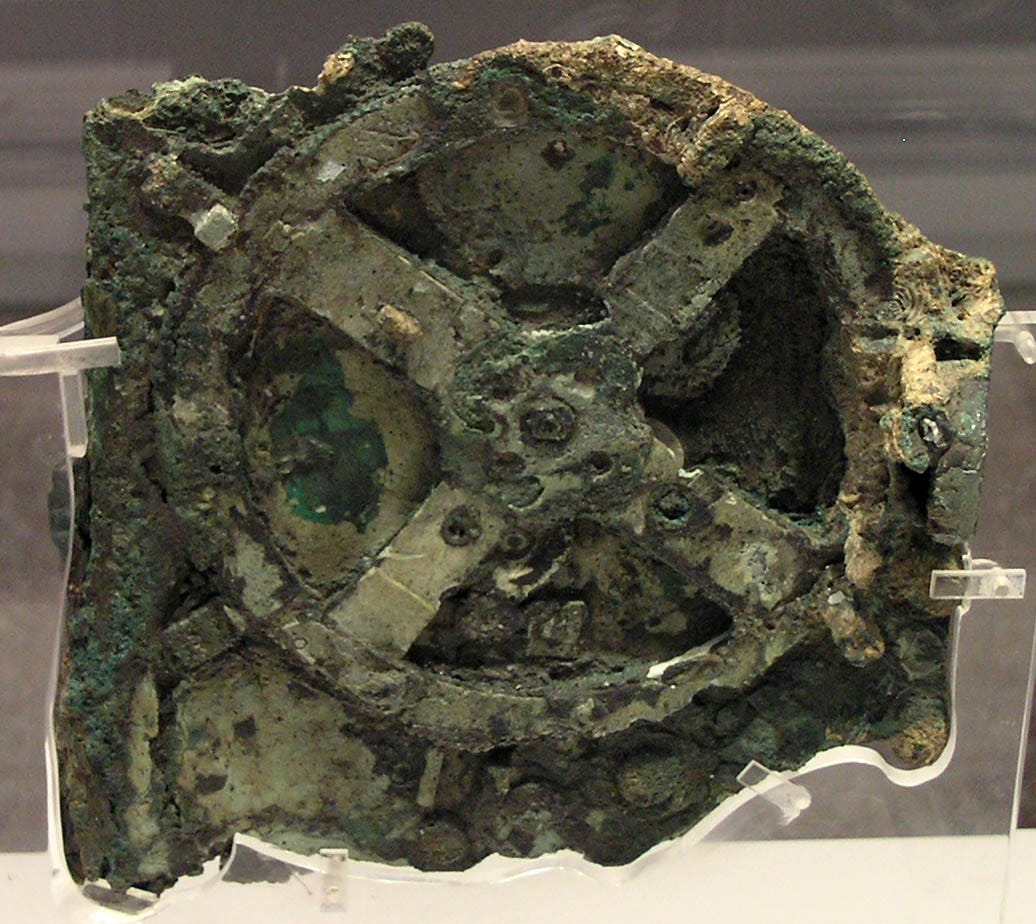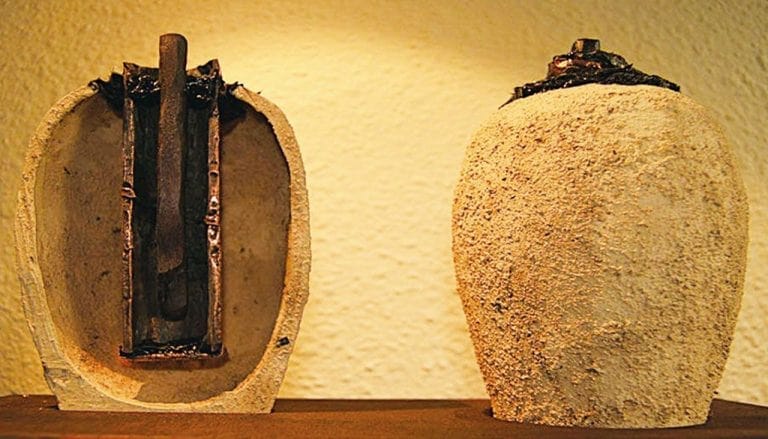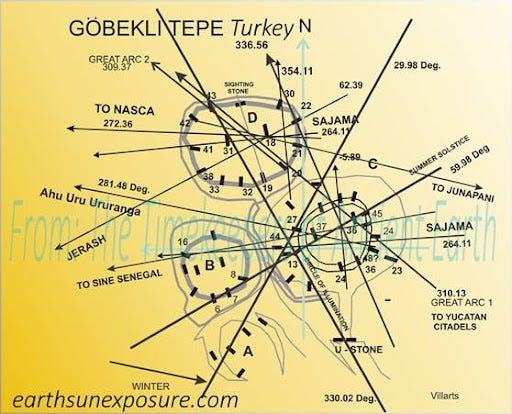Rethinking Ancient Knowledge: Uncovering a Forgotten Legacy
Introduction: The Ancient Architects’ Paradox
Picture this: over 4,500 years ago, an architect in Giza meticulously designs the construction of a massive pyramid, while thousands of miles away, an Andean mason in Peru fits stones so precisely that they require no mortar. These builders—separated by oceans, mountains, and culture—crafted structures with strikingly similar techniques. How did such advanced feats emerge independently? Was there a shared network of ancient knowledge, now lost to us?
With a background in construction management, I’ve led projects that demand precision, planning, and cutting-edge tools. I also work in data analysis, where I constantly search for patterns across diverse information streams. Today’s technology allows us to zoom out, examining data from archaeology, history, astronomy, and beyond. With this new capability, we’re seeing patterns that prompt big questions—questions about what ancient people knew, how they might have shared ideas, and whether we’re overlooking something essential about human history.
1. Ancient “Blueprints” Hidden in Plain Sight
The Great Pyramids of Giza
Standing before the Great Pyramids, it’s impossible not to feel the weight of both time and human accomplishment. Built with stones weighing up to 80 tons, these structures defy simple explanations—even for those experienced in modern construction. Could ancient builders have embedded layers of knowledge within these structures? What if the precision in their design contains encoded information related to geometry, astronomy, or even energy principles?
As we expand our methods of investigation, the possibility of “blueprints” hidden within sites like the pyramids or Machu Picchu becomes intriguing. What if these sites were not just monuments but intentional information repositories—ancient “data storage” for future generations to decipher? This concept, though speculative, opens up a new way of viewing ancient sites as messages written in stone.
2. Ancient Cosmology Meets Modern Physics
The Antikythera Mechanism
The Antikythera Mechanism—a complex, gear-driven device from ancient Greece—suggests an advanced understanding of celestial mechanics. Often referred to as the “world’s first computer,” this 2,000-year-old mechanism could predict celestial events with impressive accuracy. As someone familiar with managing precise tools, I find it mind-boggling that such a device existed in ancient times. Could the Greeks and other ancient cultures have had knowledge that overlaps with concepts we now associate with quantum mechanics?
Some ancient writings, like those from Egypt, India, and Mesopotamia, hint at a deep understanding of the universe’s nature—concepts that align with modern physics, such as resonance, non-locality, and even the idea of parallel realities. Could ancient people have intuited principles we are only now rediscovering? The possibility that ancient societies understood these concepts—whether through ritual, cosmic observation, or practical application—suggests fascinating intersections between ancient spirituality and science.
3. AI as a Bridge to Lost Wisdom
Machu Picchu’s Stonework
In Peru, the stonework of Machu Picchu demonstrates techniques that remain mysterious even to modern engineers. Could AI help us understand this? With its ability to analyze form, structure, and alignment, AI could detect subtle patterns in the stone arrangements, revealing ancient methods of resonance or vibration that allowed for such precise stone-cutting and fitting.
AI could also analyze satellite images and 3D reconstructions to identify yet-to-be-discovered sites, mapping ancient trade routes or suggesting where similar techniques might appear. By combining data from artifacts and architectural designs, AI has the potential to reveal connections and interactions that would be nearly impossible to detect by human effort alone. In this way, AI becomes a bridge between ancient and modern knowledge, allowing us to uncover what has been hidden or forgotten.
4. The Role of Consciousness in Ancient Technologies
The Baghdad Battery and Beyond
The Baghdad Battery—a 2,000-year-old ceramic vessel resembling a primitive battery—suggests that ancient people may have experimented with electricity long before modern science. This artifact, along with other objects like tuning forks, sound chambers, and crystals, raises questions about whether ancient societies viewed consciousness, energy, and technology as interconnected. Could they have understood energy principles that modern science is only beginning to explore?
Modern studies in physics and psychology hint at how human intention and consciousness can influence the material world. Some researchers speculate that ancient rituals involving sound, light, or intention could amplify mind-matter interactions. If ancient people believed consciousness could influence their tools and technologies, this might explain why these objects carry symbolic significance. By combining archaeology, physics, and consciousness studies, we might uncover new meanings within ancient artifacts, viewing them not only as objects but as parts of a cohesive knowledge system.
5. A Living Legacy of Knowledge
The Sumerian King List and Ancient Texts
Ancient texts, like the Sumerian King List, refer to distant epochs when divine or semi-divine figures ruled. These records—along with Egyptian accounts of a primordial era called Zep Tepi—raise the question of whether they contain fragments of forgotten knowledge or if they are simply mythic stories. Could there be a living legacy within these narratives, echoes of lost wisdom?
Indigenous knowledge systems worldwide hold complex understandings of nature, medicine, and the cosmos that often align with modern scientific insights. What if we began to view ancient and indigenous wisdom as part of an unbroken legacy rather than as isolated knowledge? As we overlay findings from archaeology, genetics, and environmental science, a picture emerges of a connected human past—one that may offer solutions for sustainable practices and ecological harmony today. This legacy suggests that ancient wisdom is not merely historical; it could have real relevance for our future.
6. Future Discoveries That Could Change Everything
Gobekli Tepe and Underwater Ruins
Gobekli Tepe, one of the world’s oldest known temples, predates agriculture and hints at a level of social complexity that challenges traditional timelines. But what of the uncharted landscapes beneath our oceans and remote regions on land? Advances in underwater archaeology, LiDAR, and AI mapping could reveal entire civilizations lost to time, potentially rewriting our understanding of early humanity.
Genetic research may also reveal connections between ancient populations and extinct human species, shedding light on early migrations and interbreeding that contributed to knowledge exchange. Imagine learning that Denisovans or Neanderthals influenced early Homo sapiens, possibly sharing insights about the natural world that shaped early agriculture, construction, and medicine.
Where Do We Stand Today?
Today, we are at an extraordinary juncture, where technology meets curiosity and open-minded inquiry. Each discovery challenges us to rethink the linear view of human history. Tools like AI, ground-penetrating radar, and satellite imaging allow us to explore these mysteries from new perspectives, transforming isolated puzzles—the Nazca Lines, the Antikythera Mechanism, or the Baghdad Battery—into pieces of a larger picture. This picture hints at an ancient web of knowledge that we’re only beginning to understand.
As AI evolves, it acts as a translator for lost knowledge, helping us decipher ancient languages, symbols, and mathematical codes. This journey isn’t only about finding meaning in isolated artifacts; it’s about reconstructing entire systems of thought that may have shaped human understanding for thousands of years.
Each new insight suggests that history is not simply a line from primitive to advanced but a complex, interconnected tapestry. This journey of rediscovery could inspire innovative solutions to modern challenges, revealing that ancient wisdom may hold lessons for today.
Conclusion: An Invitation to Wonder and Exploration
Ultimately, these mysteries are an invitation to question, to explore, and to imagine the possibilities beyond established narratives. My background in construction allows me to see these ancient achievements as both awe-inspiring and worthy of deeper inquiry. Could our ancestors have had access to systems of knowledge that bridged cultures and crossed continents? Were they more than builders—perhaps custodians of wisdom intended to outlast their civilization?
As we stand on the edge of rediscovering what’s been lost, we realize that history isn’t just a distant story—it’s a living legacy that’s still unfolding. Each question we ask and each layer we uncover brings us closer to understanding our shared past and reimagining the potential of our own future. Whether or not we find all the answers, we are left with an invitation to keep asking, to push the boundaries of understanding, and to dream of the timeless wisdom that might still be waiting to be rediscovered.










